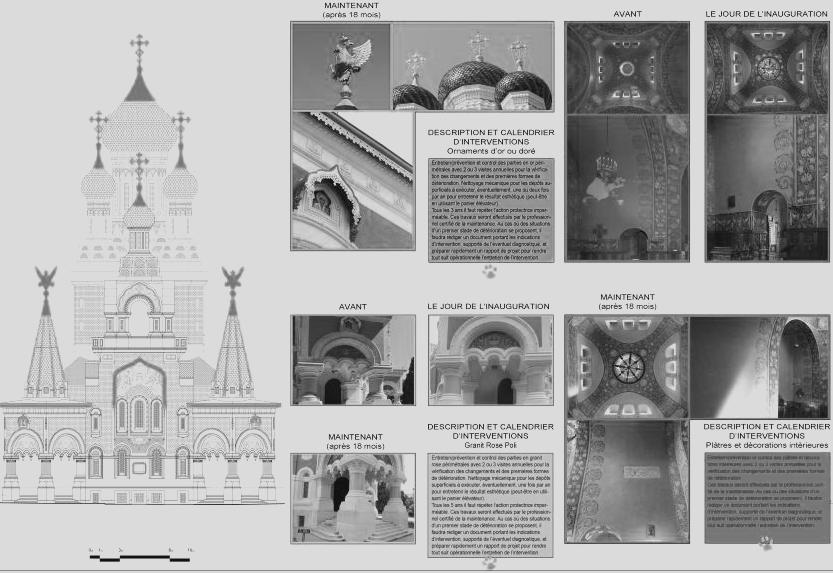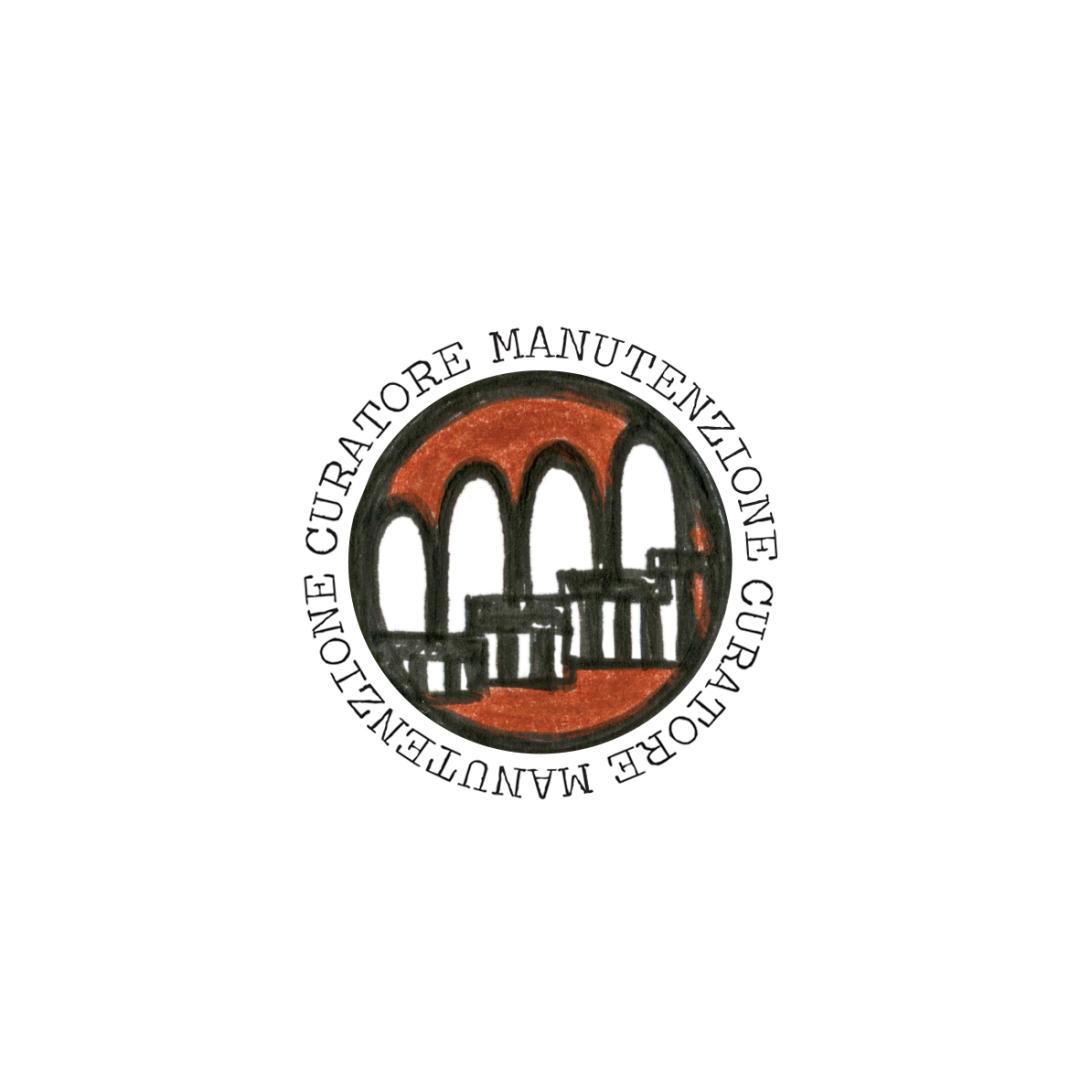Certified maintenance curator
Basic information
Project Title
Full project title
Category
Project Description
The certification project, in the context of maintenance and monitoring, was born from the need to protect, enhance existing buildings and the professional skills involved in a more performing, more sustainable and more strategic multidisciplinary context to give concreteness and visibility to what today remains unexpressed. Sustainable value. We become curators of our heritage.
Project Region
EU Programme or fund
Description of the project
Summary
The certification project, in the context of maintenance and monitoring, was born from the need to protect, enhance existing buildings and the professional skills involved in a more performing, more sustainable and more strategic multidisciplinary context to give concreteness and visibility to what today remains unexpressed (see the italian Unique Code of Cultural Heritage, Art.29). This approach favors the strategic and financial planning of interventions by offering project management models where the variable of time allows a correct protection of the value of real estate assets. The certification of professionalism enhances the experience acquired in the field, giving specificity to already operational professionals, defining reference quality standards. A model of a conceptual and systemic approach to maintenance that converges in the figure of the Curator. Our sustainable structured model of Maintenance Management through Care and Certified Curators of historical and contemporary buildings, gardens and open spaces is based on the cognitive, ethical, economic and social innovation of professionalism. The drafting of the model of reconnaissance and economic planning of maintenance interventions, starts from the analysis of prevention of the state of affairs (already at the planning level) drawn up by the Certified Curator. The collected data allow to create and define the ad hoc model of maintenance, management and coordination of the asset, which takes into account the time frame in which the cure is evaluated, the expectations with respect to the authenticity and the devaluation of the asset, the cost of productive activities, the arrangements for agreements with partners that complete the process (see insurance, etc.). The Curator of Maintenance and Monitoring of historic buildings, contemporary, gardens and open spaces is a new certified professional figure born from the project of the Chiave di Volta studio in collaboration with Apave Italia (Apave Group).
Key objectives for sustainability
Economic sustainability
The training program makes it possible to strengthen and regenerate unexpressed human resources, create new employment, induced activities and new economies of scale; it also makes it possible to update the culture of the built heritage and give the start to projects of a contemporary technological type, and of ancient skills necessary for the best protection and safeguarding of the artefacts; and the need to pass on their techniques and knowledge.
Social sustainability which consists in creating certified professionals capable of witnessing and perfecting the subsequent levels of the same educational path over time; training is always multidisciplinary, therefore it optimizes and enhances local employment, and European exchange, including the compatible aspirations of people with disabilities; it allows to develop professional skills and to give new possibilities to the unemployed. A new training plan is used which can cover a still virgin market.
Environmental sustainability which consists of the training “concept” which is sustainable par excellence, since it is based on prevention as a method that: a) minimizes the risks of restructuring; b) reduces demolition pollution and introduces the reuse of materials tout court and local natural ones; c) enhances and protects the artisan practices compatible with the original manufacturing work.
A good practice is created regarding the safety of operators and the construction site. Prevention and care, of the building and of those who work there, which also extends to buildings and people close to the site itself through the reduction of noise, dust and substances introduced. Another important factor is the recovery and use of existing and local materials, reducing waste by aiming to create a Zen construction site.
In this perspective, the use of preventive diagnostics performed by professionals is included in the training course (chemists, geologists ...)
Key objectives for aesthetics and quality
Recourse to the Curator ensures the ethical criterion of minimal intervention on the material work and its intangible relationships, guaranteeing the originality of the asset in a non-invasive manner and minimizing the risk to the safety of things and people.
The knowledge and respect for the uniqueness of the works, their cultural and historical value and the in-depth study of the original construction techniques and the materials used are very important.
To guarantee interventions aesthetically aimed at restoring value to structures and villages, collaboration between the different skills of the various professionals, technicians and operators is essential.
The goal to be achieved is an overlap between aesthetics and ethics: we must speak of est-ethics!
Key objectives for inclusion
In terms of inclusion, the project results in a certified European Curator Maintenance Center; a place that fills a cultural void at European level, in fact there are currently no structures that are a reference point for maintenance. A center where skills are developed and solutions for improvement are found to guarantee the use of goods, the improvement of people's living conditions, the maintenance of structures and the environment that surrounds us.
Social inclusion is also represented by the possibility that is given to marginalized professionals and craftsmen or not taken into due consideration for their uniqueness (for example, speaking of our territory Venetian Terrazzieri, marmorino applicators, iron artisans ...) to progress and develop their skills becoming in turn certified Curators able to pass on their knowledge to the new generations.
Results in relation to category
Certification
The training is able to ensure:
• professionalism of high territorial value, linked to the performance recognition that is obtained over time with the basic frequency and subsequent certified updates;
• expert and assiduous training, aimed at creating an “ecosystem of knowledge and good practices” with periodic references that allows you to operate in a certain way on artifacts and related assets; scheduled and certified maintenance, which optimizes the synergies between the custody of the original asset and the references to cumulative actions; in fact, the Curator's activity favors the evolution from the practice of the interventionist model of global restoration to the dissemination of preventive actions, with a view to optimizing the management of local community assets from an ethical, socio-economic point of view, thinking in a sustainable way both for people who to reduce waste and pollution to almost zero.
In addition, a post-university high-level Master's course has already been designed by specifically analyzing the theme of religious architecture to create the specific figure of the certified Curator of the maintenance of ecclesiastical assets, historic and contemporary buildings, including gardens and open spaces.
Professionalism
In compliance with the aforementioned objectives, the personality of the "General Curator" provides basic knowledge and cultural, scientific, technical and managerial skills that allow him to ensure in a sustainable (lasting) way the constant monitoring and preventive maintenance interventions of historic buildings and contemporary ones, including gardens, open spaces, villages and any other similar pertinence.
Our project idea is based on the internationalization of the figures, consequently the certification produced and the path to reach it can be extended in Europe.
How Citizens benefit
Among the theoretical guidelines of this new professionalism there is the founding criterion of the "inclusive coordinator", that is, to implement any magistries in progress, not yet formalized. As part of the operational order, the Curator is "trained" for a careful "management" of highly complex systemic processes.
By means of appropriate methodological paths, the path in question also addresses the analysis and cultural, scientific, technical and ethical prerogatives of the assets of specific interest, with a view to the new millennium. It is understandable that the overall training plan guarantees, well beyond the details of the "initiatory level", also the schedule of continuous updating, or the further peculiarities of the "Specialist Curator".
Both on a general and specialist level, the training program provides the necessary surplus of skills for a managerial performance with an international profile. The certified curator is a strategic figure for the management of the assets in question also from a socio-functional aspect. A maintenance consultant able to implement both projects for the protection and enhancement of material assets in general, and to encourage the culture and specific education of tourism and also to involve the communities concerned also for the purpose of supporting the enterprise, favoring the birth of a new patronage.
Another benefit for citizens is the cultural involvement which must be broad from school age. Education is the common basis for pursuing a unicum of communication and concrete choral feeling. The single social part is part of a plural identity in which the concept of inclusion and solidarity for people and things must be developed and reinforced. Project development must promote the development of human resources.
Innovative character
It is an innovative project based on solid principles to be adopted as a model for the multidisciplinary training of the new technical and humanist director that the paradigms of the third millennium require for the continuity of the "home" of men. It is an educational program that introduces the "maintenance curator". A strategic concept aimed at preserving assets. It is however perceptible that it is also useful for any other building, historical or contemporary, as well as for gardens and open spaces, generated by the same idea of solidarity.
The project hinges on the non-random multiplicity to which it is addressed, the ability to connect material and immaterial awareness related to architecture, the environment and the places of the communities. Once any alteration has been ascertained, the curator's action will indicate the best scientific competence capable of intervening.
A new professional figure, therefore where the programmatic and operational maturity, learned with the course, allows you to plan multi and / or interdisciplinary solutions. A certified competence to be lived no longer as an ancillary skill in basic training, but as the primary capacity of a renewed professionalism capable of responding to the pressing issues of sustainability. These include the awareness of safeguarding the "genius loci" in the ways of a true global curatoria, understood as the most appropriate neologism. The training plan shows that it can defend the curator even from the temptation to use preconceived taxonomies drawn from any guidelines. A formula that is still widespread despite the fact that it has shown over time to complicate technical activity rather than alleviate it.
A second, no less important interest in professional issues comes from the acknowledgment that its institutional genesis comes directly from local attention. A mix of spontaneous needs that address the aforementioned need to renew and pass on the technical profession.


